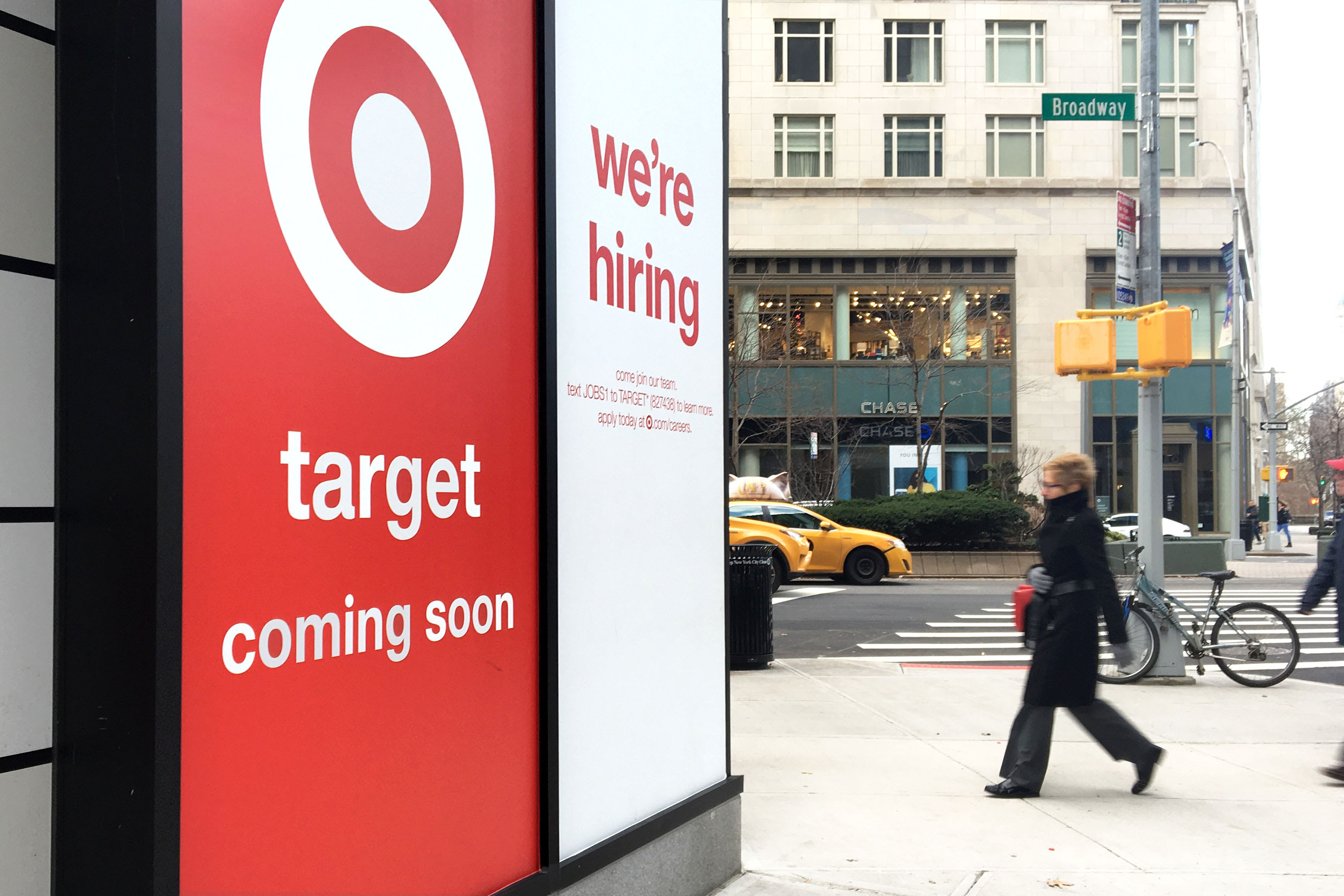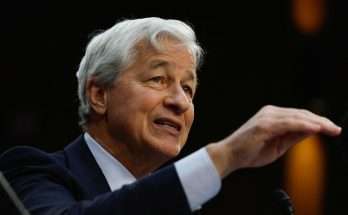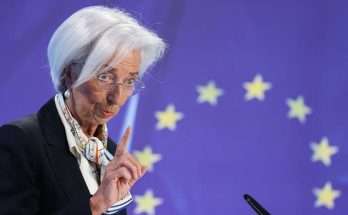
The labor market was stronger than expected in October, showing good momentum ahead of the latest wave of coronavirus cases.
The economy added 638,000 nonfarm payrolls and the unemployment rate fell by a full percentage point to 6.9%. The government compiled the data for the report in the middle of October.
Stock futures temporarily erased some losses and bond yields rose as the report showed about 100,000 more jobs than economists expected and a much better unemployment rate. The report did include the loss of 268,000 government jobs, with 147,000 of those Census workers and many others in education.
“The rebound continues to have strong momentum, more than people were thinking,” said John Briggs, head of strategy at NatWest Markets. “Private payrolls blowout, the participation rate went up 0.3… People are coming back into the economy, and [the unemployment rate] still went down a full percentage point.” Economists had expected an unemployment rate of 7.7%.
Economists have been concerned the job market and economy will be impacted in coming months by the increasing spread of the coronavirus, now with a record 121,888 daily cases in the U.S. The Fed Thursday said in its statement that the course of the virus could impact the path of the economy.
“One could argue it’s better to come from a stronger base into that,” said Briggs.
The benchmark 10-year Treasury yield rose back above 0.80% and was at 0.82%. While stocks sold off, bond yields held at higher levels. The bond market has had a volatile week, with the 10-year yield rising to 0.94% Tuesday evening but falling back when it appeared there would be no Democratic sweep.
A Democratic Congress and White House was expected to have boosted fiscal spending, increase inflation and result in a lot more U.S. debt, which would push interest rates higher. Yields, which move opposite prices, rose Friday as the jobs report suggest the economy may be on a more solid footing than some anticipate.
Economists’ expectations for October employment were wide-ranging with some closer to 200,000 and others at 800,000. But they mostly agree the momentum looks set to slow, and the typical hiring that goes on in November and December for holiday shopping, travel and other activities will be much smaller this year.
Quincy Krosby, chief market strategist at Prudential Financial, said the employment report, when coupled with stronger-than-expected third quarter GDP and stronger-than-expected corporate earnings, suggests the economy is growing on a solid trajectory.
“If the Covid-19 surge jeopardizes the economic recovery, even at the margin, the employment landscape will slow down – but not stall the recovery,” she noted.
Grant Thornton Chief Economist Diane Swonk said she is concerned about the potential for slowing momentum in hiring. She said the October report shows the quality of jobs has deteriorated. At the same time, the outlook for more fiscal help from Washington for the unemployed is uncertain, and many may be taking part-time jobs to get by.
Leisure and hospitality hiring rose by 271,000, with 192,000 of those jobs at bars and restaurants.
“Much of the recall for workers was hospitality and leisure. Many had to accept jobs even if they were part-time,” said Swonk. She said 376,000 workers joined the ranks of those working part-time for economic reasons in October, pushing the total to 5.3 million.
“People unemployed for more than 27 weeks increased by more than 1 million,” she said. “We’re still 10.1 million jobs in the hole.”
In the report, the number of people on temporary layoff fell by 1.4 million to 3.2 million, off from a high of 18.1 million in April but still 2.4 million higher than February.
The labor force participation rate increased by 0.3 percentage points to 61.7 in October. still 1.7 points below February’s level.


